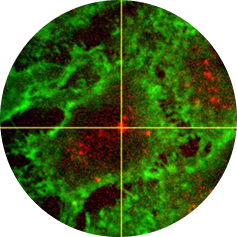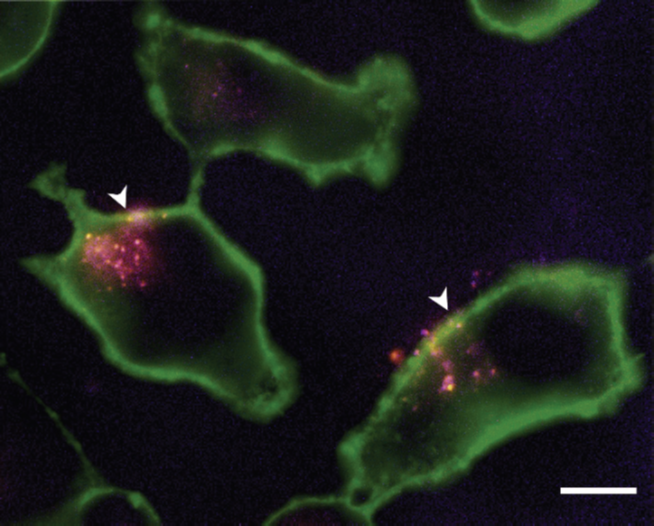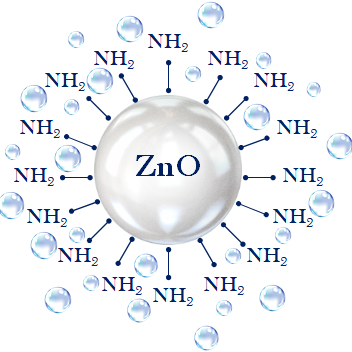
Our current results on TNHs open novel possibilities to use them not only for therapeutic treatments but also for bio-imaging.
A part the conventional combination of nanoparticles with fluorescent dyes for intracellular imaging [1], we are exploring novel capabilities related to the use of ZnO nanocrystals as semiconductors. We found interesting optical properties depending on the synthetic procedure, the chemical functionalities, the nanocrystals dimensions [2], and the absence or presence of doping [3].
We have also propose the use of amine-functionalized nanocrystals as innovative and re-chargeable nanoconstrast agent in ecographic imaging [4].
Based on the strong expertise gained to set up the stimuli-responsive therapy and related equipment, important advancements were achieved to exploit a novel, unconventional imaging procedure, based on sonoluminescence [5].


Related Publications
